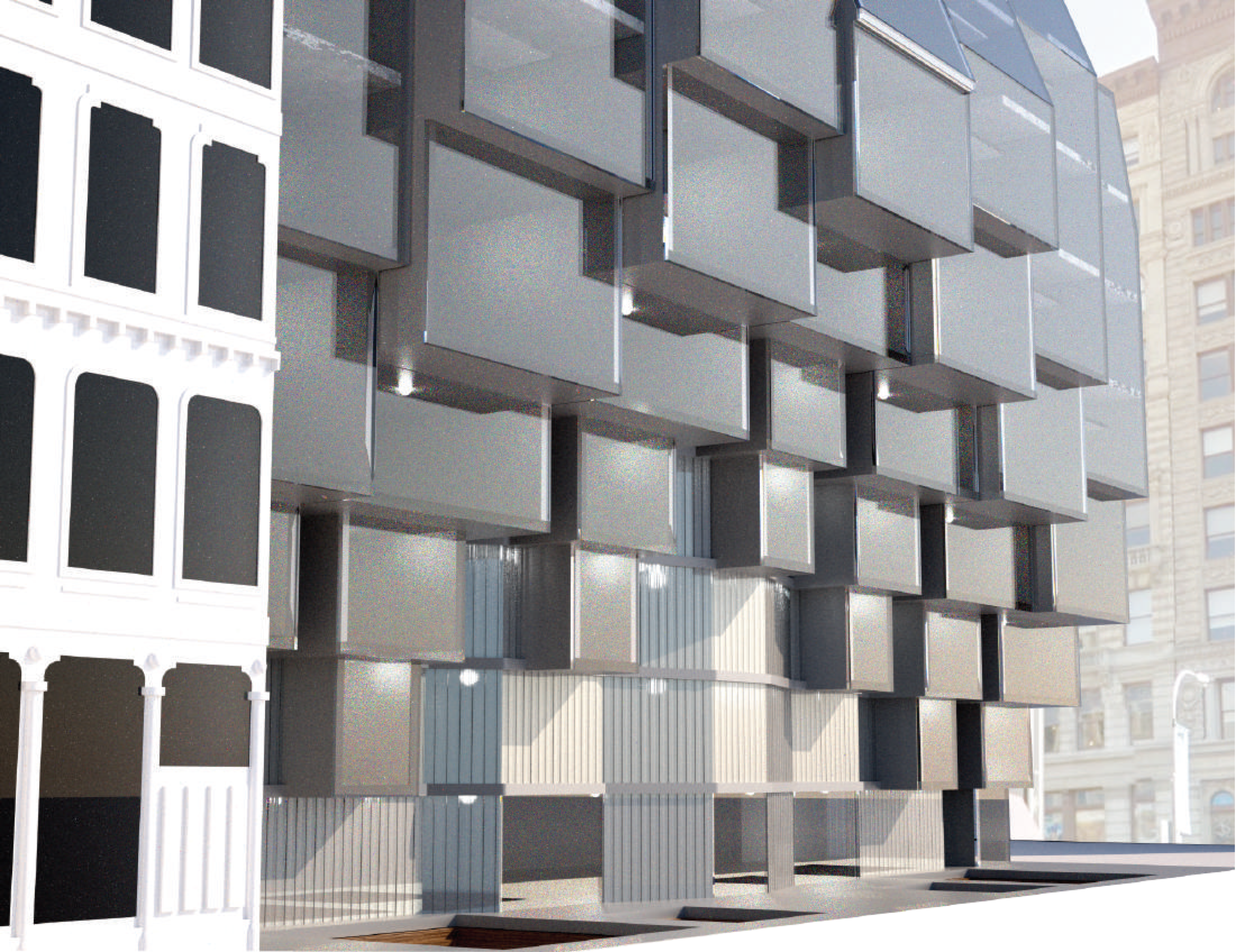







COLLECTIVE LIVING: MIXED INCOME RESIDENTIAL
95 Spring Street, New York, NY 10012
Critic: Craig Konyk
Pratt GAUD
Since the financial crisis and recession of 2008, the polarization of the wealth gap in New York and nationwide has become an increasingly controversial and divisive topic. Although most Americans agree that a variation of wealth in between household is natural and expected, the disparity between the highest and lowest income brackets have grown disturbingly large.
According to the Organization for Economic Co-Operation and Development, New York has become the most unequal major city in the world’s most unequal industrialized nation. New York City has the most people in the lowest income bracket, fewest in the middle and highest earners at the top on average compared to other major cities in the United States.
So how do New Yorkers afford to live in New York? According to Forbes, New York City is the 16th most expensive city in the world and the most expensive city in the United States. The truth is, most New Yorkers can’t afford to live here. As a common rule, it’s suggested that you budget about 30% of your income towards rent. If New Yorkers followed this rule, you can see that the top 20th percentile of income earners could afford three $2,000/month apartments, while the next income bracket below cannot even afford one. If you look at the last census, over half of New Yorkers budget more than the suggested amount towards rent. With ever increasing rent and stagnant income, the problem just gets worse.
If we take a representative from each income bracket, and each representative put the recommended 30% of their income towards a collective rent, we find that five apartments can be rented for five people. Once the money is combined, everyone can be accounted for financially, hypothetically.
I used these data to organize the distribution of units through the residence. Private unit size is based on income, while additional amenities in communal spaces are supplemented by the wealthier income brackets.
This method allows me to create an architecture that is reflective of the emerging problem in New York City, while providing the needs of all the individuals in the building.